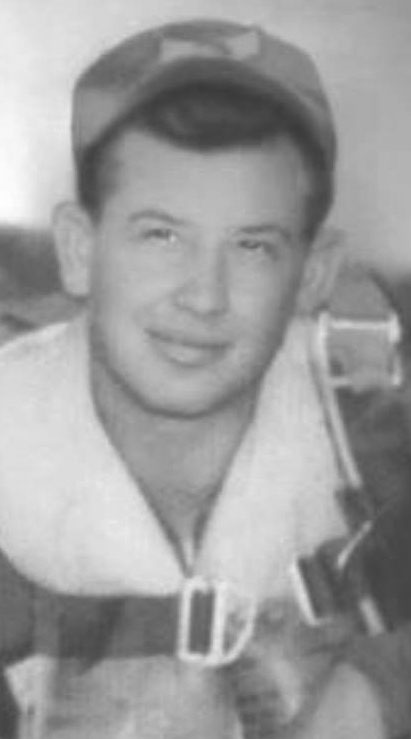 | Check-Six.com | |
Offering Aviation History & Adventure First-Hand! | ||
| ||||||||||
| |||||||||||||||||||||||||||||||||||||||||||||||||||||||||||||||||||||||||||||||||||||||||||||||||||||||||||||||||||||||||||||||||||||||||||||||
| USAF Douglas C-133B-DL Cargomaster, | |||||||||
 Major Roy M. Johnston |  1st Lt. William H. Grey |  2nd Lt. Edward Melda |  2nd Lt. Russell R. Zablan, Sr. |  1st Lt. Leonard R. Dorman |  TSgt Donald D. Cox |  TSgt Joel R. Nipper |  TSgt Lloyd J. Richard |  Airman 3rd Class Charles W. Wittle. | ||
We are currently searching for photos of the crash site taken during the investigation. If you have any - please contact us.
| ||||||||||
C-133B, SN 59-523, assigned to the 1501 Air Transport Wing, Travis AFB, California, was scheduled for a local four-hour training flight to depart Travis at 1530 PST, 10 April 1963. The primary purpose of the flight was to upgrade Lt Grey to crew position of first pilot by a MATS Form 4, administered by Major Johnston. If time permitted, Major Johnson was then to give pilot instruction to Lt Dorman (student second pilot).Travis AFB weather at the time of take-off and for the ensuing period for flight 4,500 feet scattered, visibility 20 miles, wind 220 degrees magnetic at 10 knots, towering cumulus all quadrants, temperature 58 degrees. The aircraft departed Travis AFB on Runway 21R at 1534 PST, 10 April 1963. VOR/ILS approach to be followed by a circling approach. Clearance received for the requested approach, and aircraft reported on "initial" at 1602 PST. At 1605 PST, Travis Approach Control instructed 90523 to start procedure turn.Travis Approach Control then instructed 90523 to contact Travis Tower on 255.9 mcs, and if approach approval was not received over the outer marker, to abandon approach this was acknowledged by 90523. Aircraft contacted Travis Tower at 1610 PST, and was instructed to report outer marker. At 1610 PST, plus several seconds, 90523 reported outer marker and requested to know if ILS glide slope had been working.Travis tower then cleared 90523 for circling approach, Runway 21L, report base; acknowledged by 90523. At 1611 PST, Travis tower advised 90523 that the glide slope appeared normal in RAPCON, which was ackowledged by 90523 stating, "523, Thank you." This was the last known radio transmission to or from 90523. (Sentenced blacked-out) The aircraft crashed at 1612 PST. | ||||||||||
Major Johnston was buried a week later at Ft. Sam Houston National Cemetery, in section PI, Site 309. Lieutenant Zablan was buried at National Memorial Cemetery of the Pacific (aka "Punchbowl") in Section U, Site 1725 TSgt Nipper was buried at Golden Gate National Cemetery, section Z, site 1725, and TSgt Cox, in section 2E, site 2819. TSgt Richard was buried in Woodlawn Cemetery, in Crowley, Louisiana, in section D. | ||||||||||
| ||||||||||
View of crash site looking towards Travis AFB, which is about 1 mile away. Today, the site is sparsely scattered with few remains of the aircraft. The site lies is a field that has been graded for irrigation purposes since the crash. It is thought that much of the aircraft remains (that when not removed in 1963) are buried as a result of this. | ||||||||||
However, a close inspect of the ground's surface reveals hidden pieces. A piece of aluminum slag hints of a post-crash fire of the wreck. |
| |||||||||
| Larger specimens can be found further down the debris field towards Travis AFB. | |||||||||
Looks like a piece of wood? Nope... it's actually a thin structural member. Limited distribution of debris in this crash suggests that the aircraft simply pan-caked into the ground. |
| |||||||||
| ||||||||||
| Many pieces blend so well into the ground, the only way to find them is by getting on hands and knees and looking very closely. | |||||||||
And some times, you find a piece just lying on the ground. |
| |||||||||
|